Last updated: July 15, 2020
Article
11 Ways National Parks Influenced World War I (and vice versa)
National Parks and the Great War
World War ICongress created the National Park Service in 1916, just a few months before the United States entered World War I. Many places that are now national parks are part of the story of World War I, whether it was the people who served, the places where events happened, or the ideals we hold up as a nation.
In honor of the 100th anniversary of Armistice Day, 11/11/1918, here are 11 connections between our national parks and World War I!
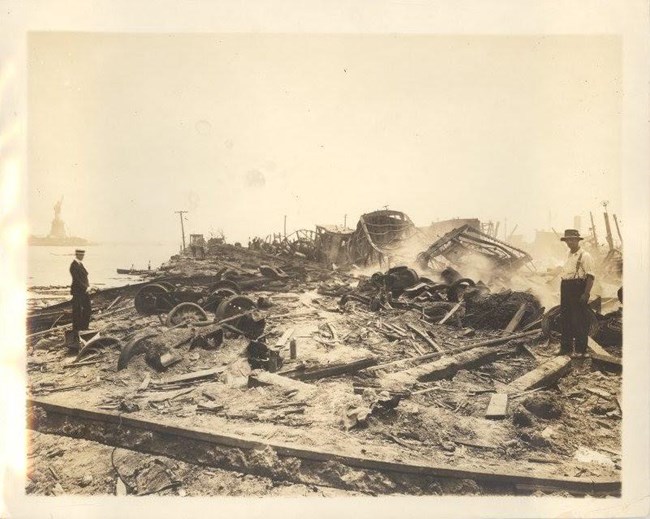
Liberty State Park (NJ) archives
1. A huge explosion damaged the Statue of Liberty
In the early morning hours of July 30, 1916, a munitions depot located on Black Tom Island, in Jersey City, NJ, was detonated in an act of sabotage. Shrapnel damaged the Statue of Liberty and buildings at Ellis Island. The statue's torch has been closed to visitors ever since.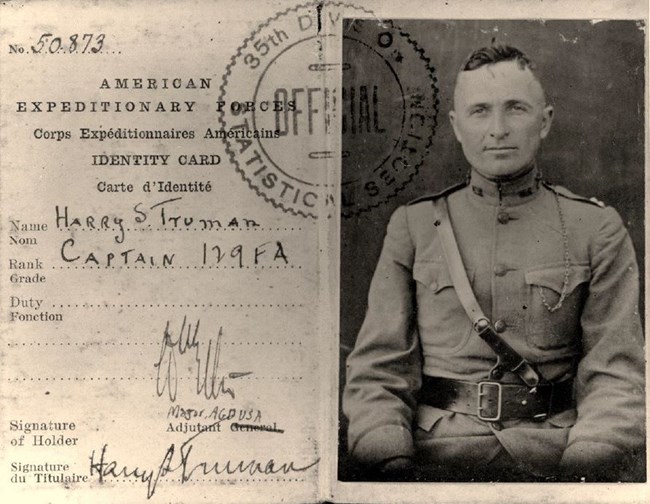
Courtesy Harry S. Truman Library and Museum
2. Harry Truman served on the front lines
Truman enlisted in the Army in 1917 and was elected lieutenant of Battery F in the Missouri National Guard, which mobilized as part of the 129th Field Artillery Regiment in the 35th Division. His military experience was an asset in his political career, paving the way to the presidency.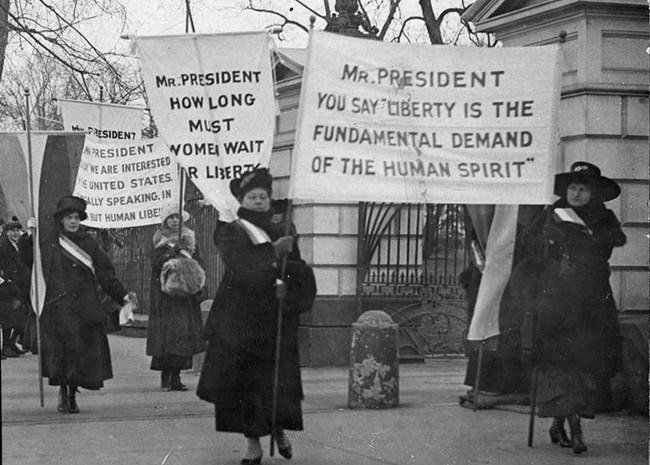
National Woman's Party
3. Suffragists picketed the White House
How could the United States fight for liberty abroad, when half its citizenry was denied the right to vote? Women organized and, in a first for the nation, picketed the White House throughout the World War I, calling for a Constitutional amendment granting women's suffrage. National parks including Belmont-Paul Women's Equality National Monument and Women's Rights National Historical Park help tell the story of the different strategies suffragists used to gain women the vote.
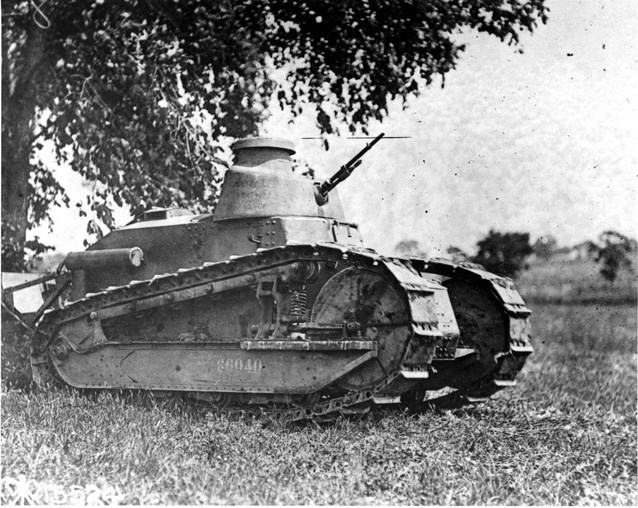
National Park Service
4. Dwight Eisenhower trained tank troops in Gettysburg
On the grounds of the Gettysburg Battlefield, “Camp Colt” was home of the newly organized Tank Corps of the United States Army, and the only Tank School in the United States. Assigned to command the fledgling tank school, Captain Dwight D. Eisenhower's experience with this new type of weapon was invaluable to Army training.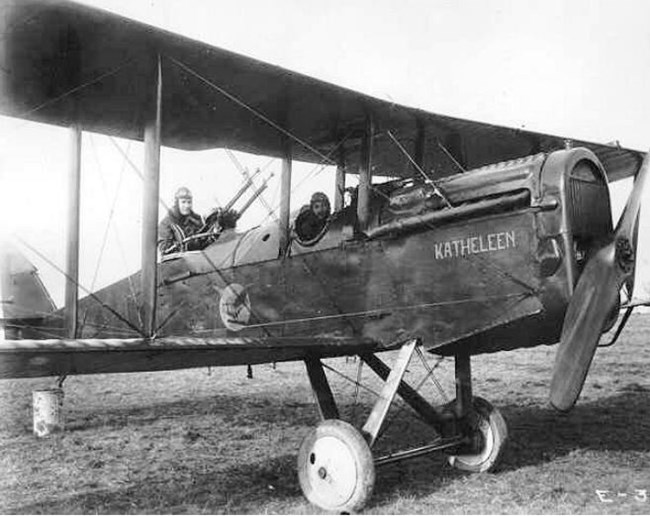
National Park Service
5. Dayton-Wright built the only US-made plane to reach the front
Although powered flight had recently been invented in America, the nation was behind the curve in military aircraft production. The British-designed DeHavilland DH-4 was produced in Dayton, Ohio, home of the Wright Brothers, using the buildings formerly used by the Wright Company.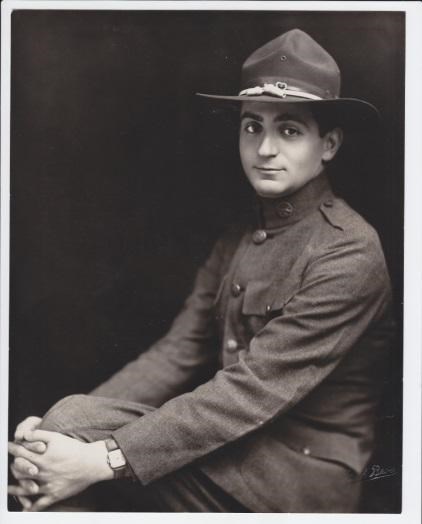
National Museum of American Jewish History
6. One in five American soldiers was an immigrant
500,000 immigrants from 46 nations served in the U.S. armed forces in World War I. Thirteen earned the Congressional Medal of Honor.Most immigrants at the time arrived through Ellis Island, including Irving Berlin, who arrived in America as a child before he wrote "God Bless America" while serving in the Army.
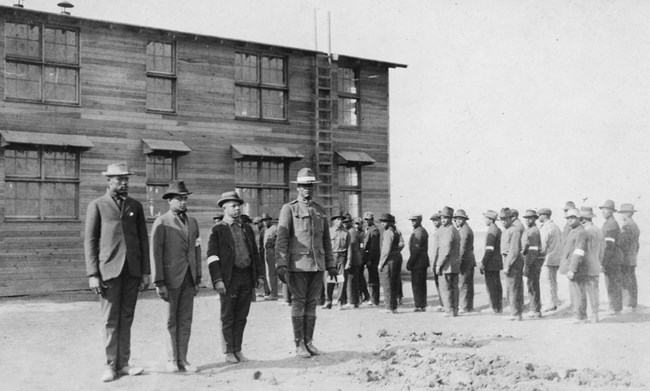
National Archives
7. Buffalo Soldiers Volunteered for Service
Many African Americans, including 104 Storer College students from Harpers Ferry, WV answered the call after the United States entered World War I. They trained in places including Camp Sherman at Hopewell Culture National Historical Park However, the Buffalo Soldier units faced intense discrimination and were relegated to duties behind the front lines.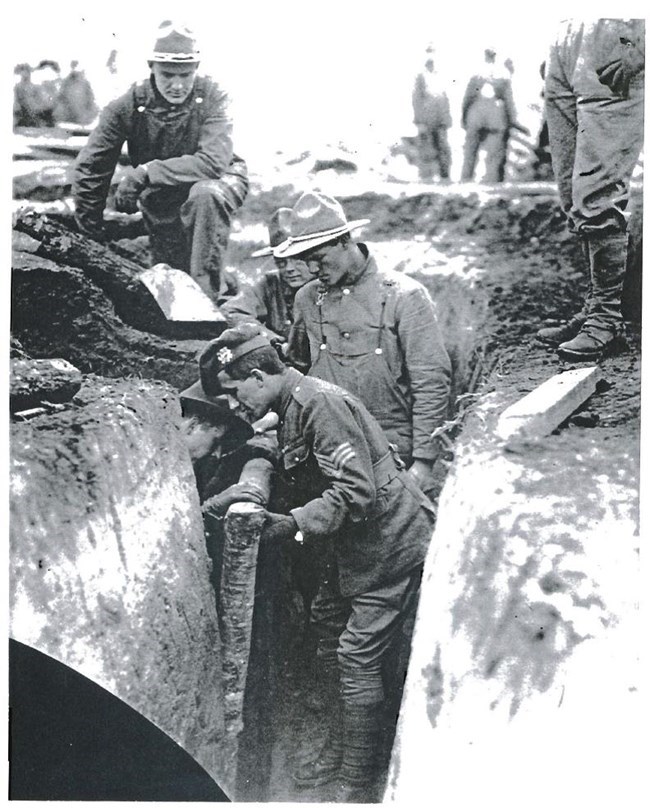
National Archives and Records Administration, RG 77
8. Troops practiced trench warfare on a Civil War battlefield
Camp Lee, in Petersburg, Virginia, mobilized over 138,000 troops, more than any other Army installation in the war. They trained in the art of trench warfare, digging earthworks on the same ground Lee and Grant had done so just over 50 years earlier at the Battle of Petersburg. The Blue Ridge Division, which trained at Camp Lee, participated in the Meuse-Argonne offensive, earning the nickname "Only Moves Forward!"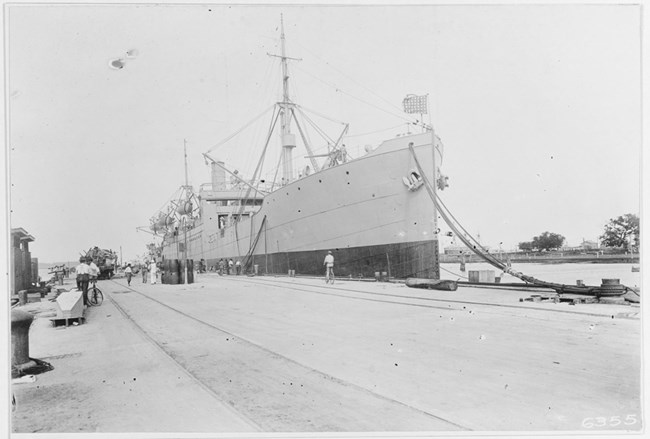
Naval History and Heritage Command
9. A scuttled German freighter became a US Navy ship
In Charleston Harbor, near Fort Sumter, a German captain scuttled the freighter Liebenfels on January 31, 1917. Raised and repaired, the ship was re-commissioned as the Houston on July 3, 1917 and saw service in convoys to France, transporting vital wartime goods like coal, oil, trucks, and airplanes.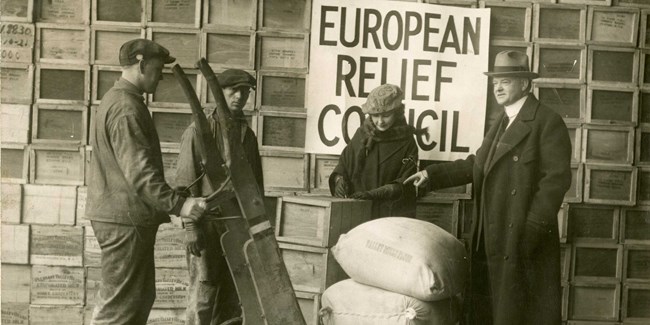
National Archives & Records Administration
10. Herbert Hoover fed the starving
Herbert Hoover founded and chaired the Commission for Relief in Belgium, sourcing food globally and feeding 11 million starving people in Belgium and France. After the war, Hoover continued to help feed starving people overseas in Poland and the Soviet Union. Some called him “The Great Humanitarian.”
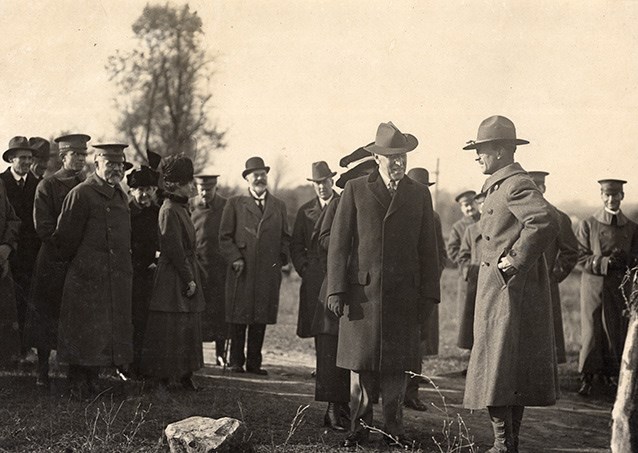
U.S.Army Signal Corps, 1917; in the collections of Saint-Gaudens National Historic Site
11. Artists created innovative camouflage
As the war in Europe became an entrenched standoff, and with the advent of aerial reconnaissance, camouflage and concealment became critically important. American sculptor Augustus Saint-Gaudens's son Homer became a pioneer in camouflage techniques for decades to come.Want more?
There's more on the National Parks and World War I site!National Parks and the Great War
World War ITags
- belmont-paul women's equality national monument
- charles young buffalo soldiers national monument
- dayton aviation heritage national historical park
- eisenhower national historic site
- ellis island part of statue of liberty national monument
- fort sumter and fort moultrie national historical park
- gettysburg national military park
- harpers ferry national historical park
- harry s truman national historic site
- herbert hoover national historic site
- hopewell culture national historical park
- petersburg national battlefield
- saint-gaudens national historical park
- statue of liberty national monument
- women's rights national historical park
- wwi
- veterans
- veterans day
- armistice
- list
- fun facts
- history
